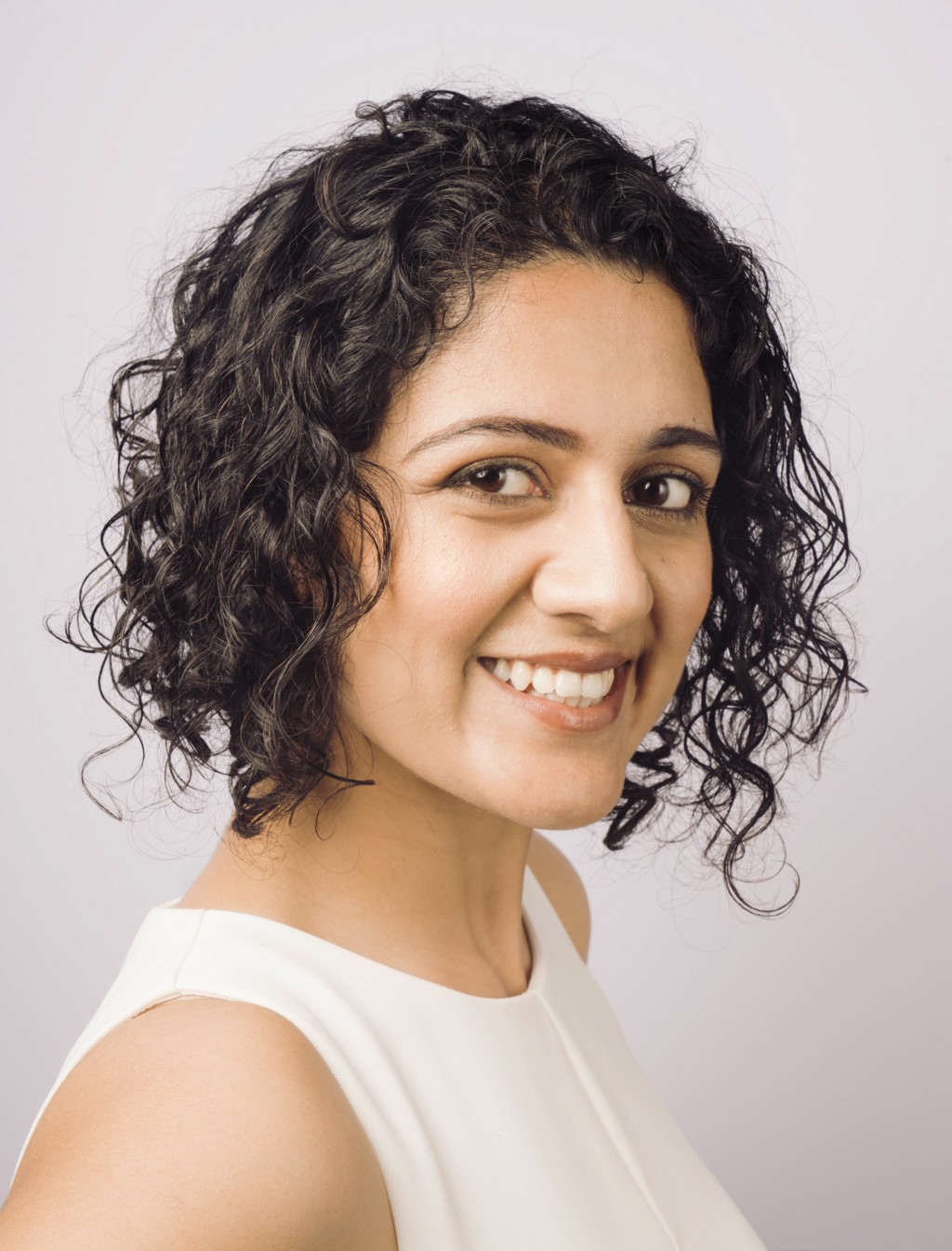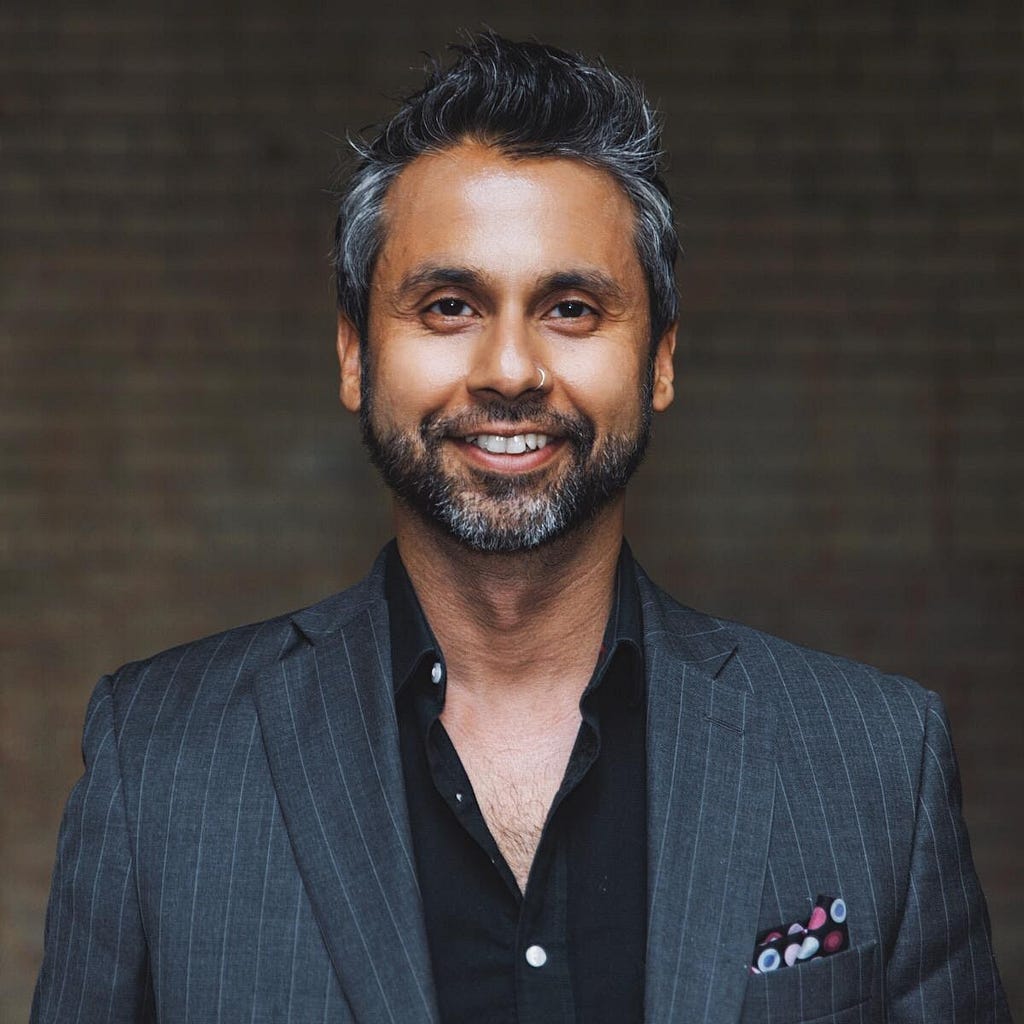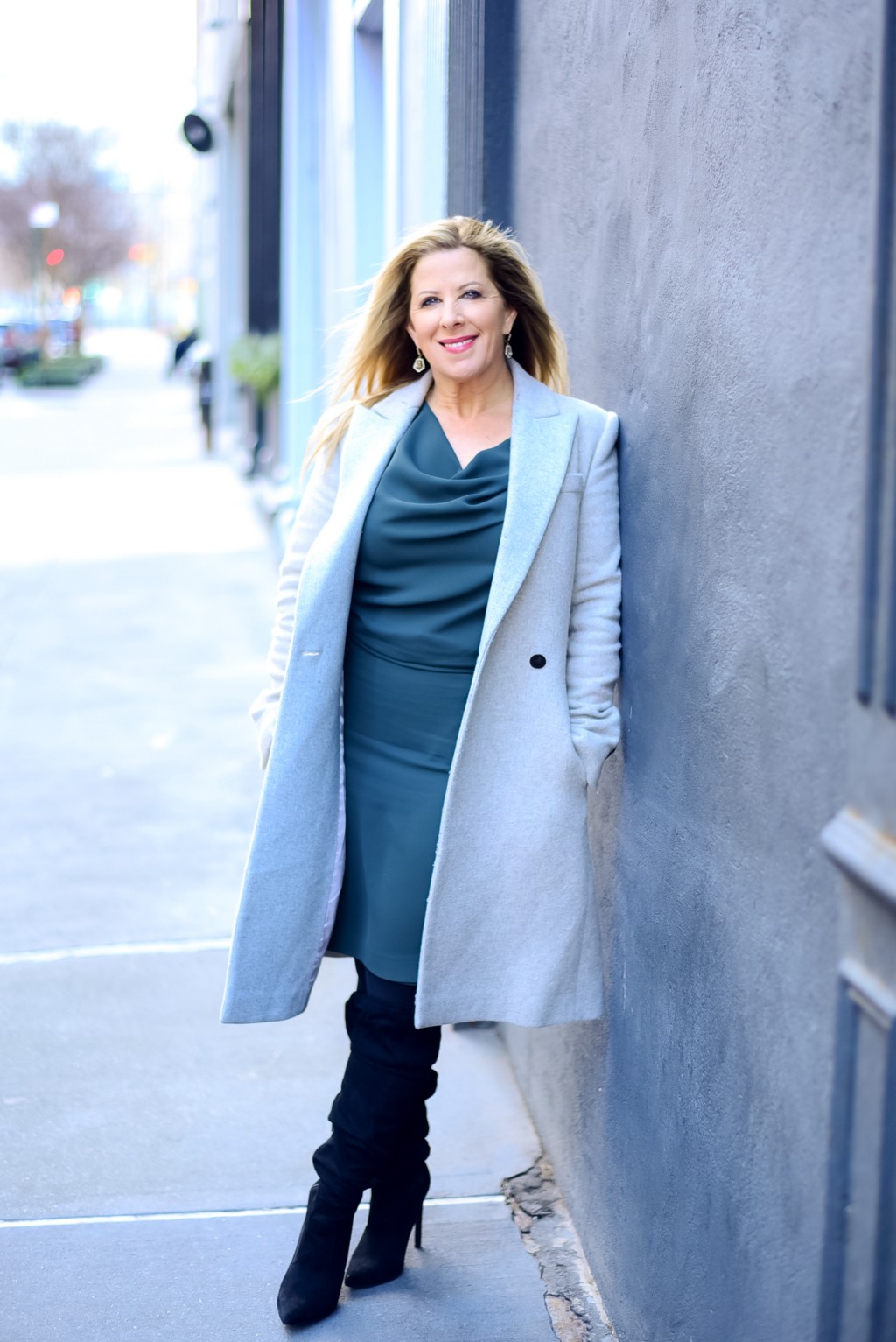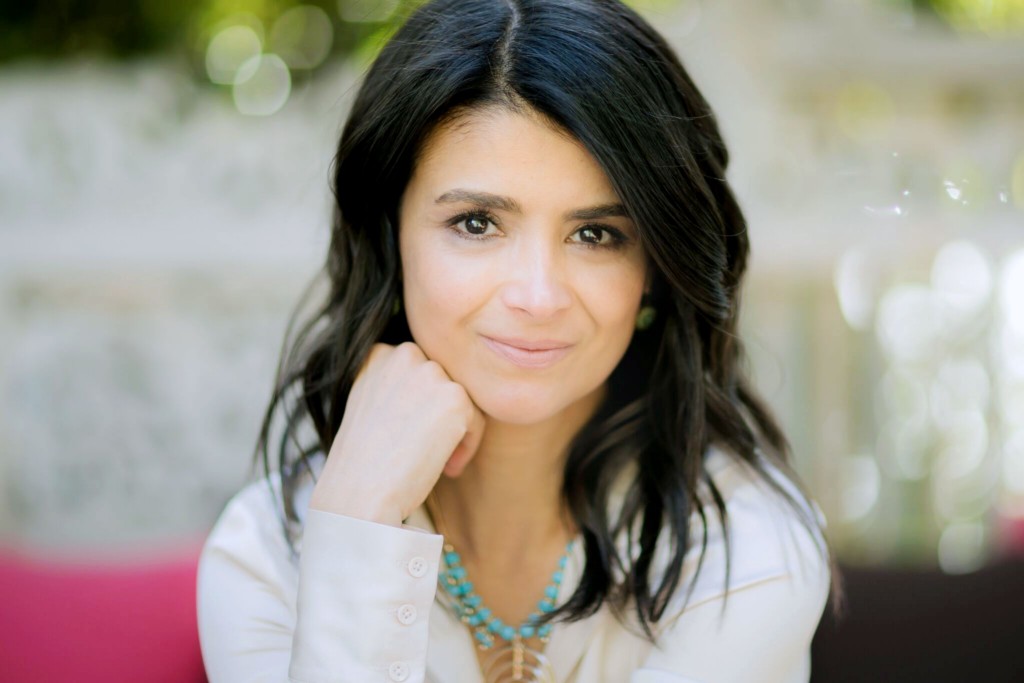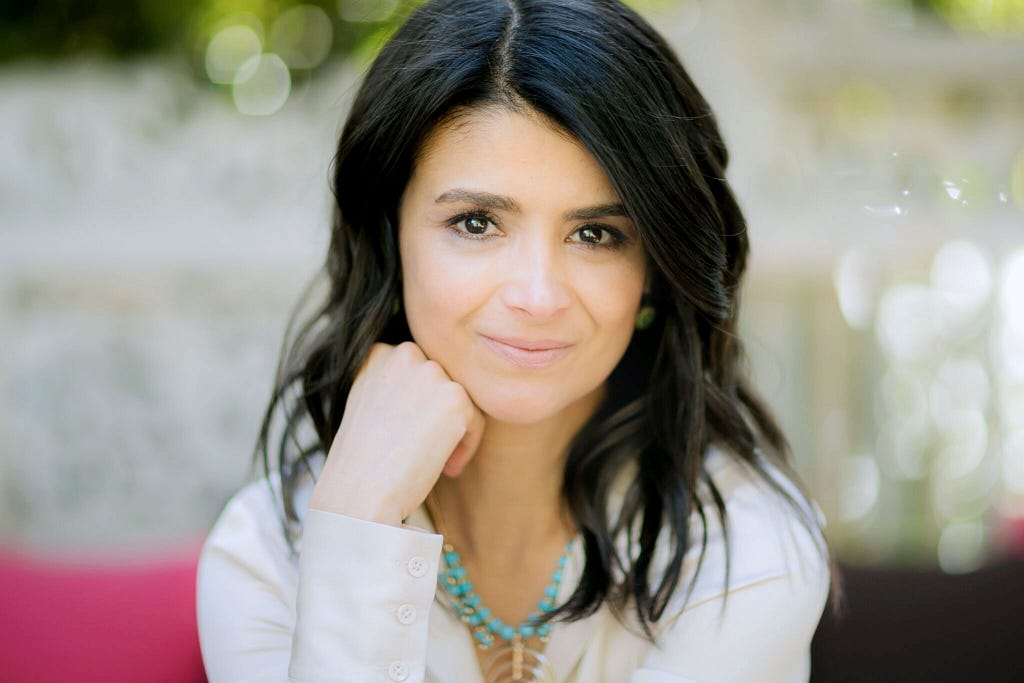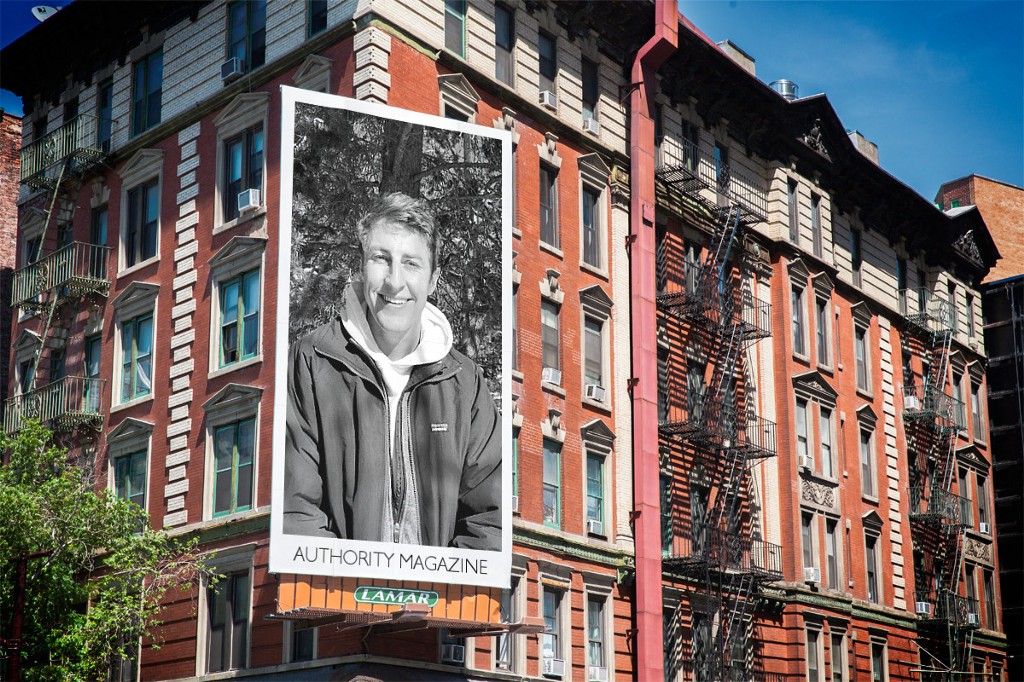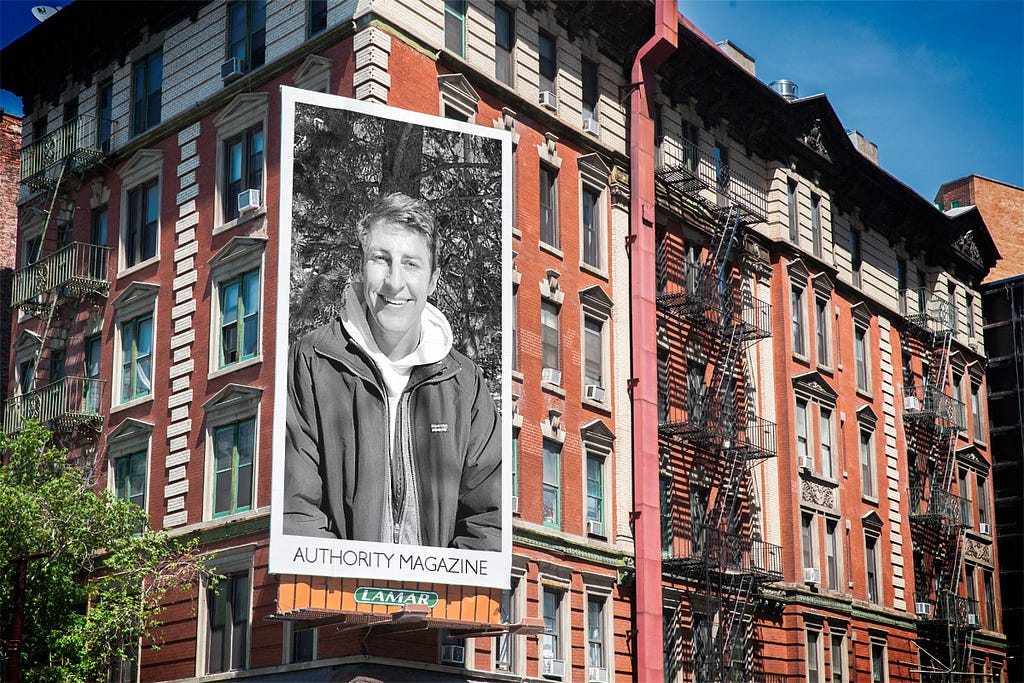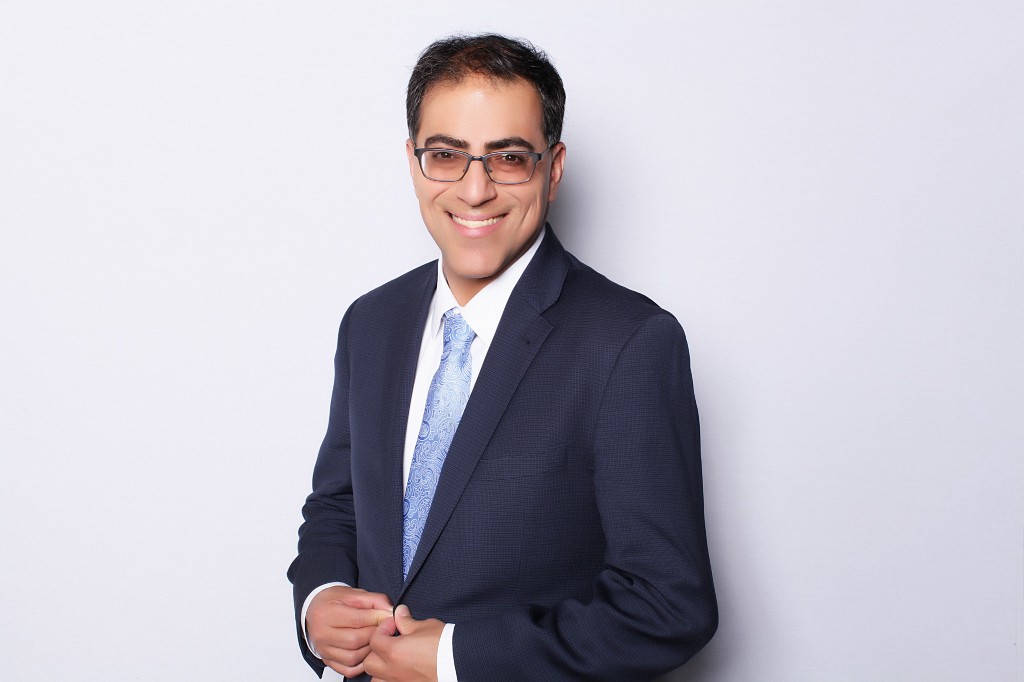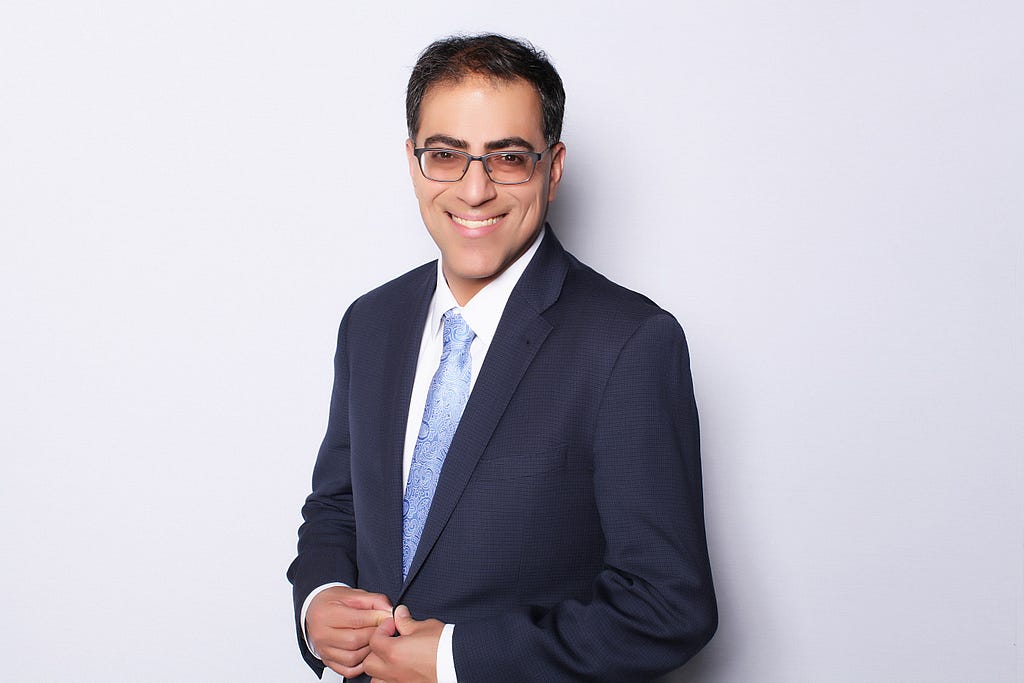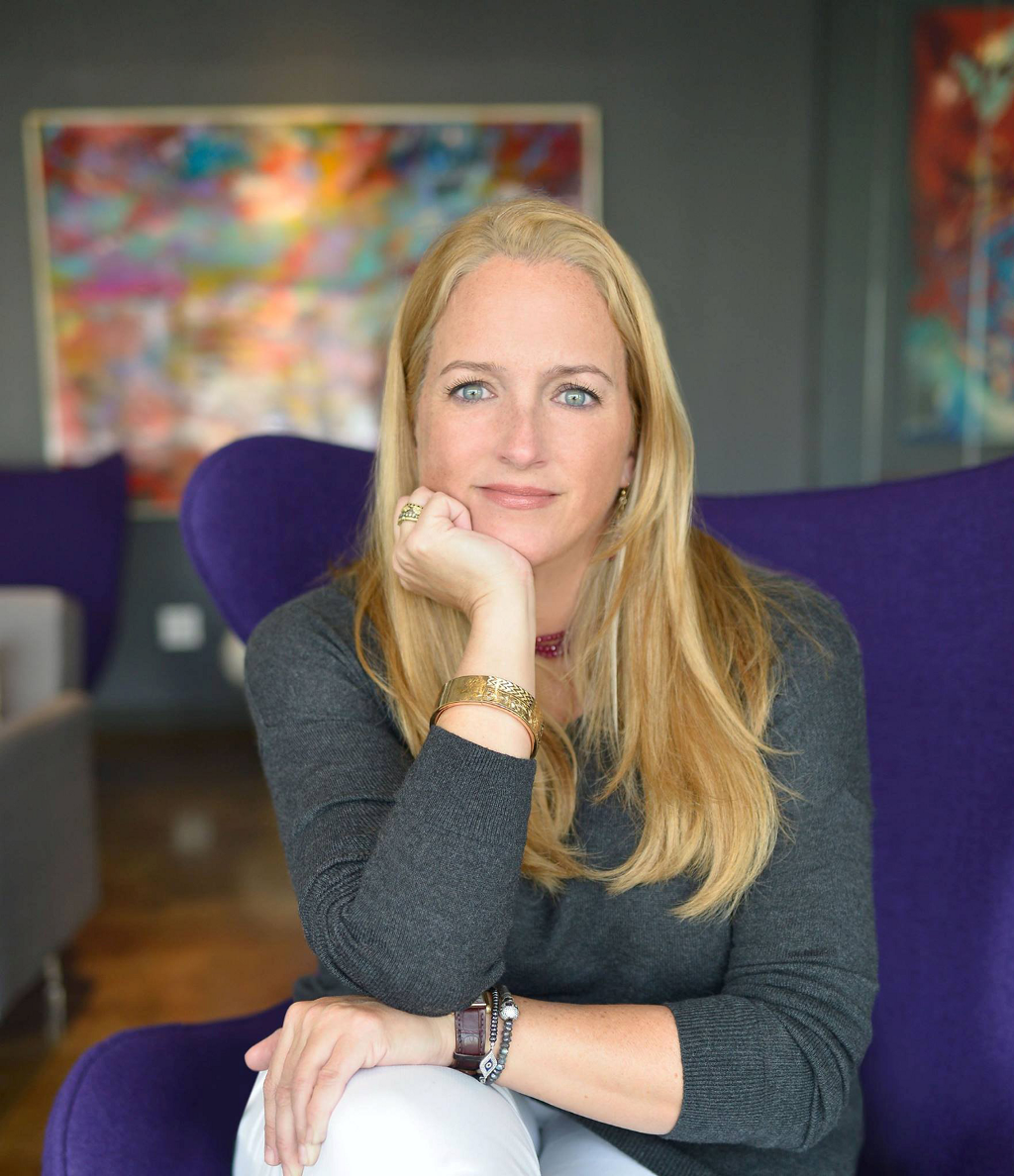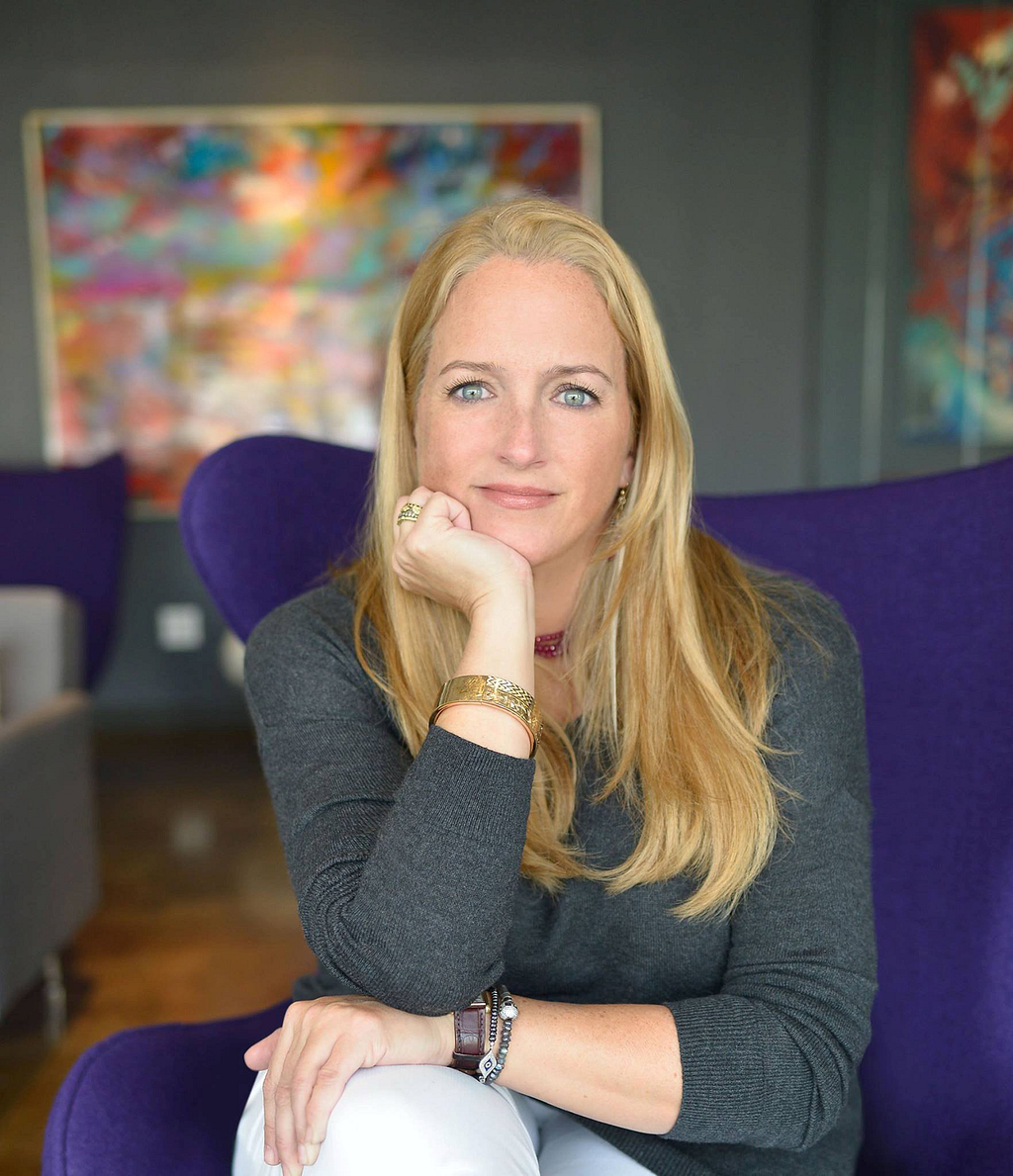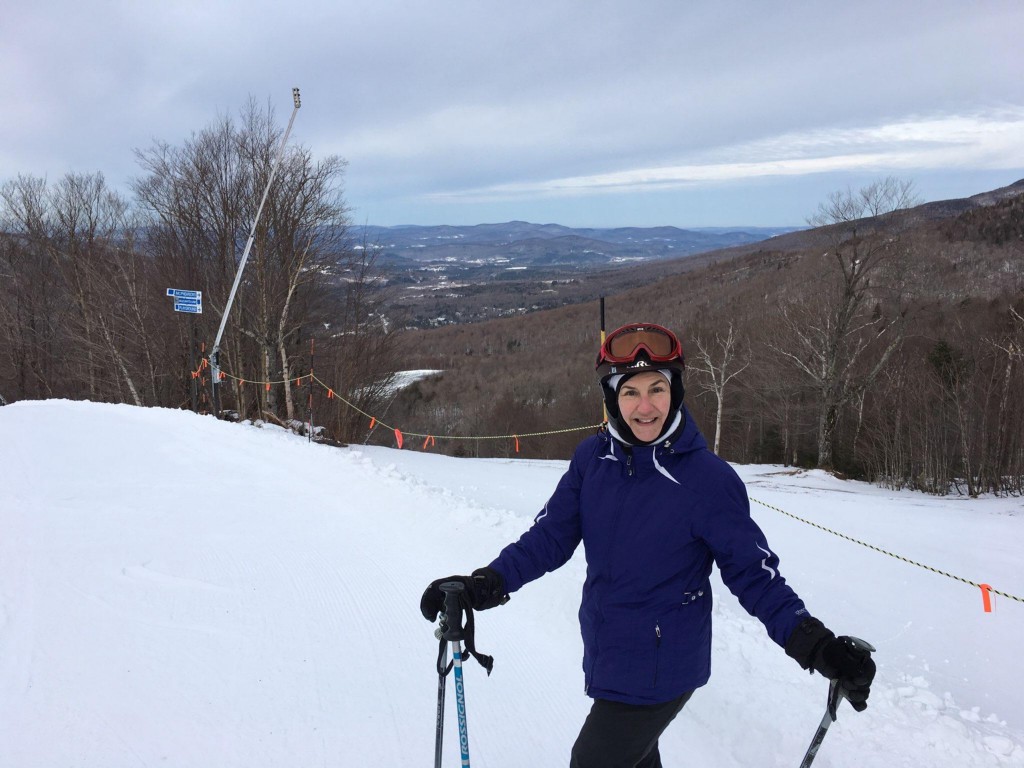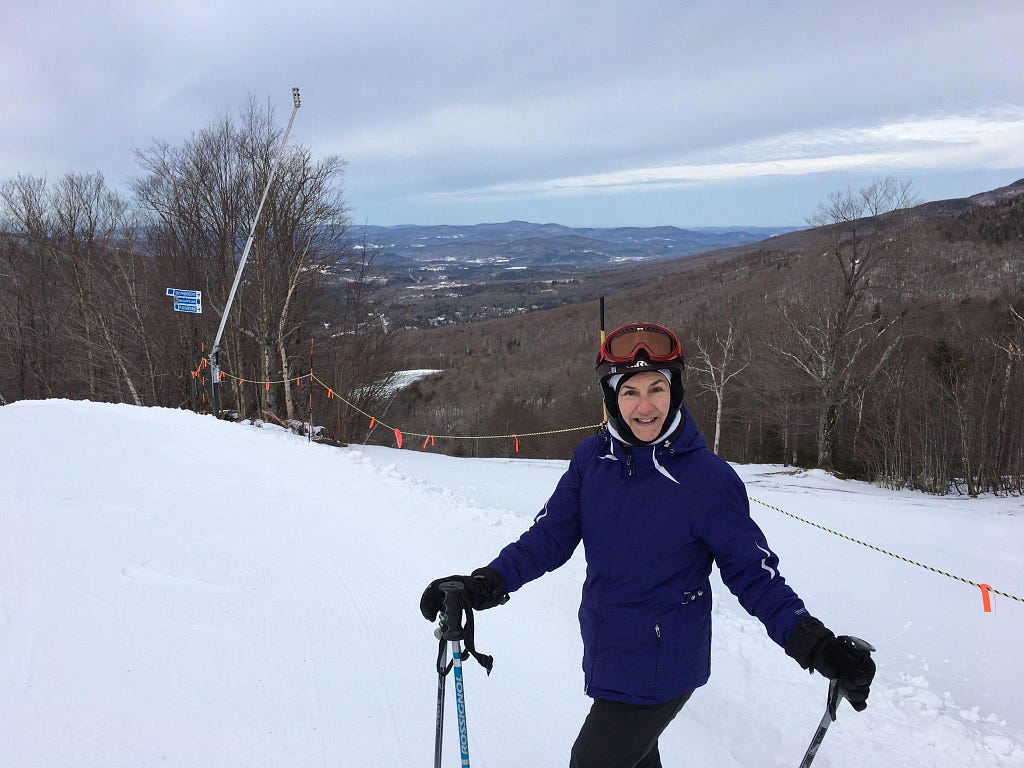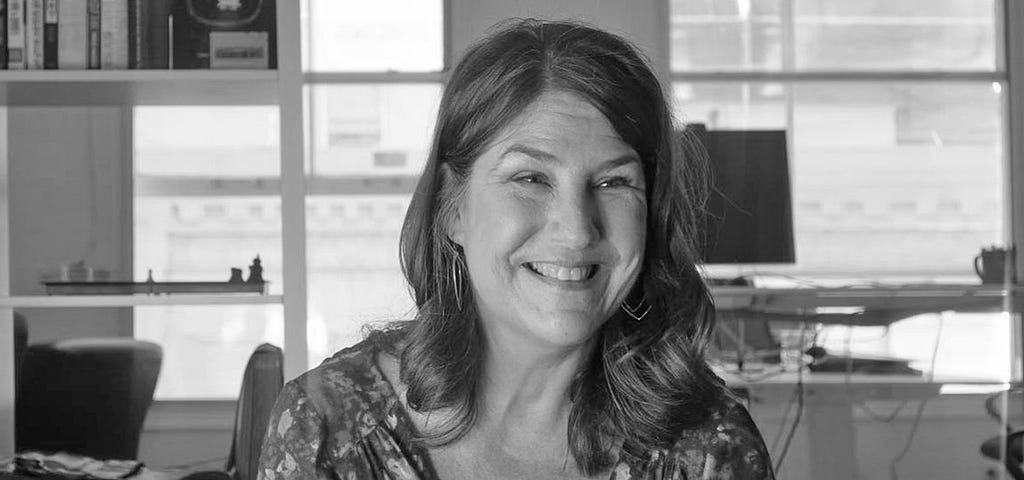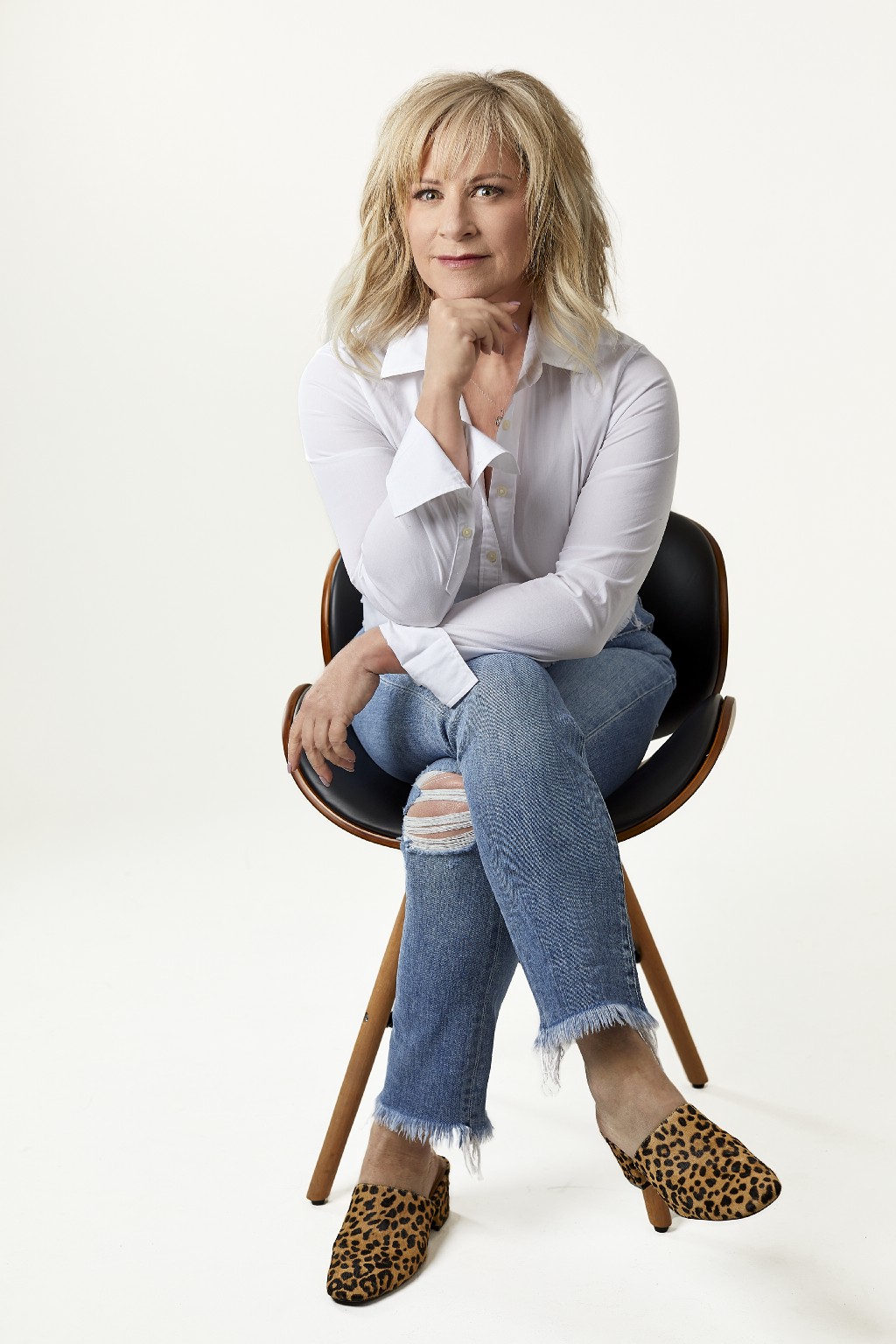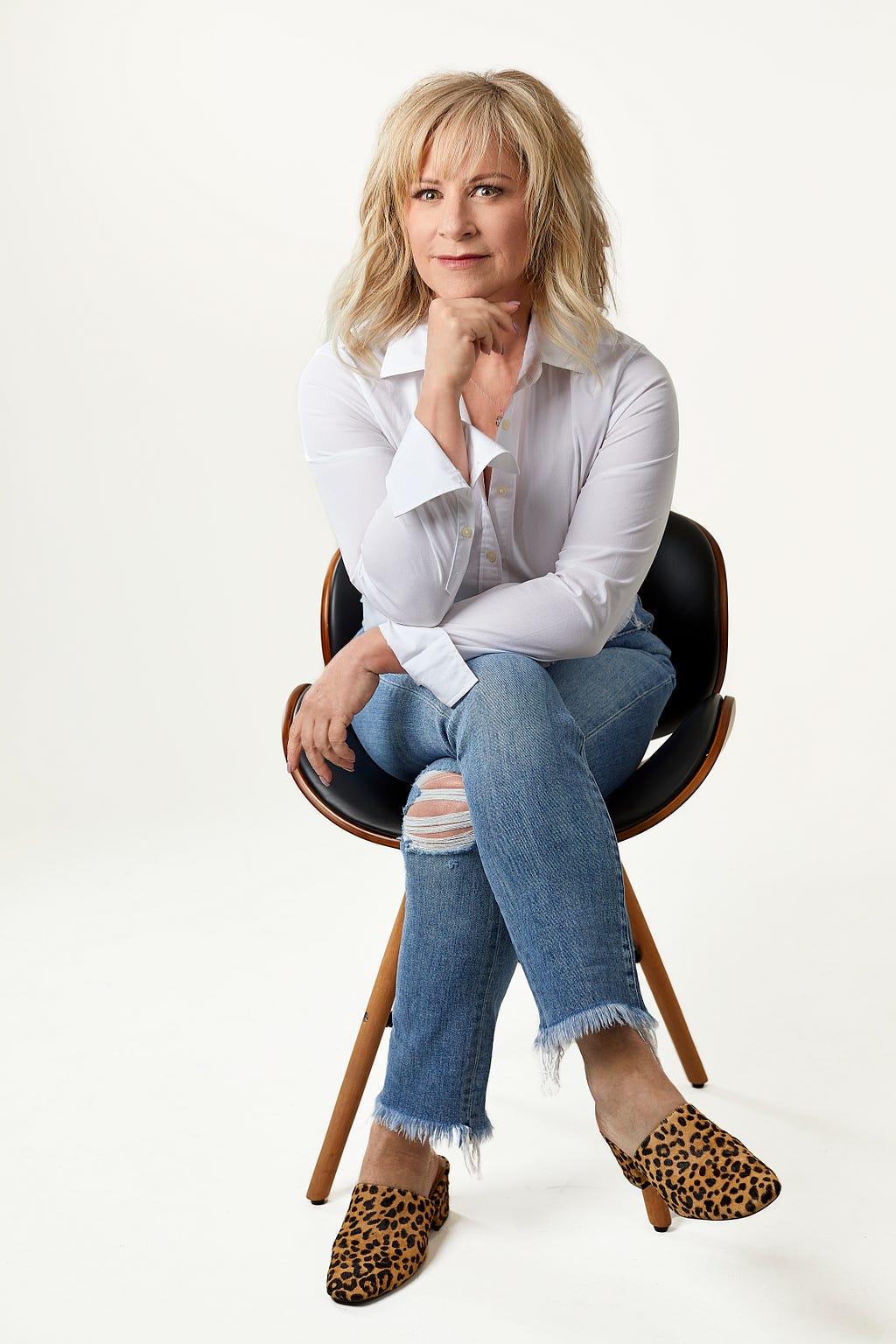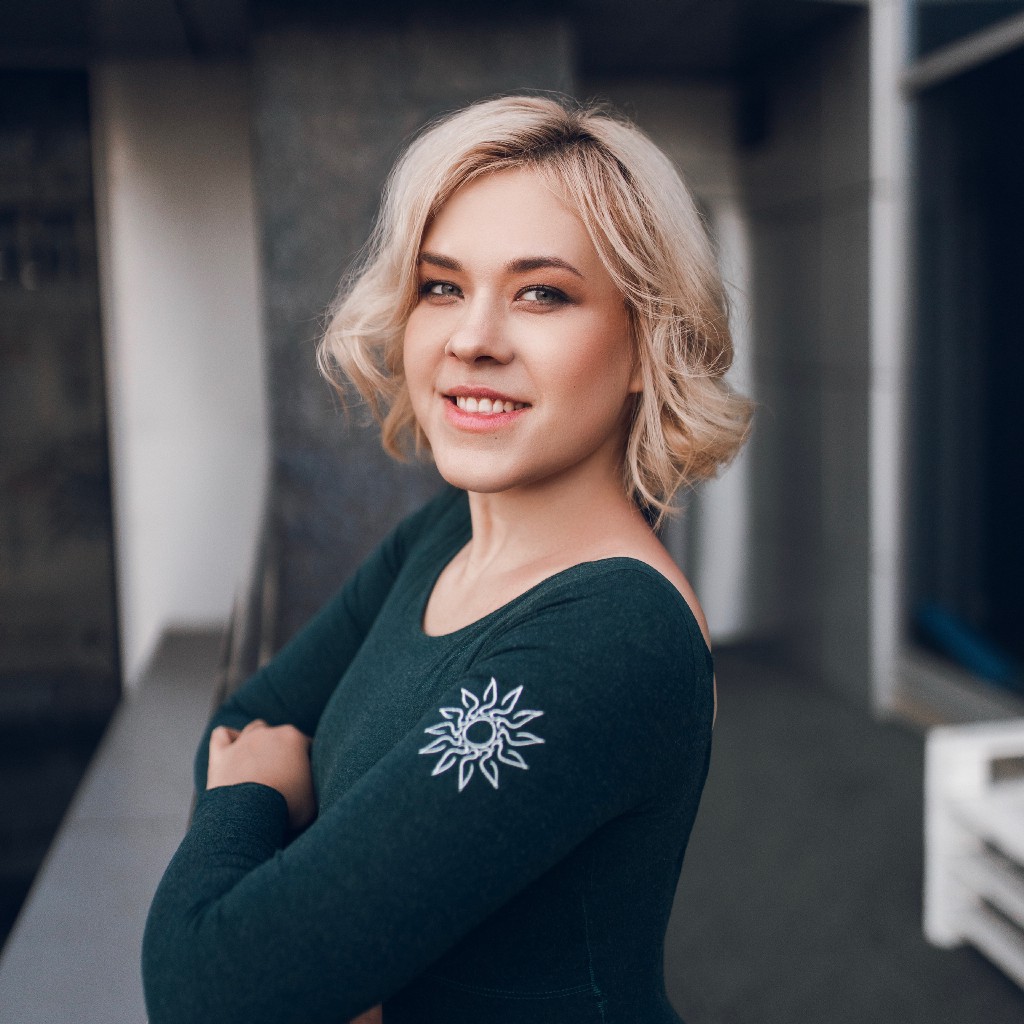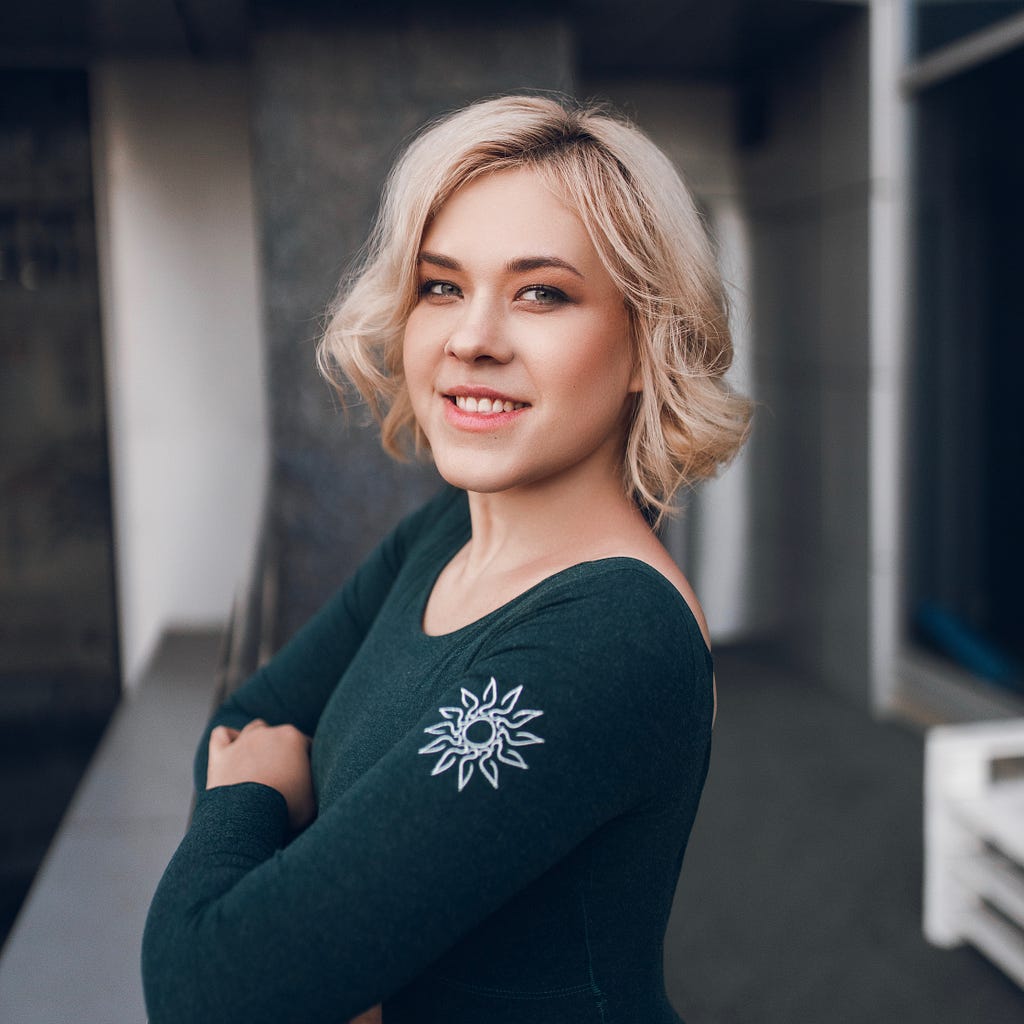The Future Of Beauty: “Use a Selfie To Create Hyper-Customized Skin Care Products” With Navneet Kaur of Yours
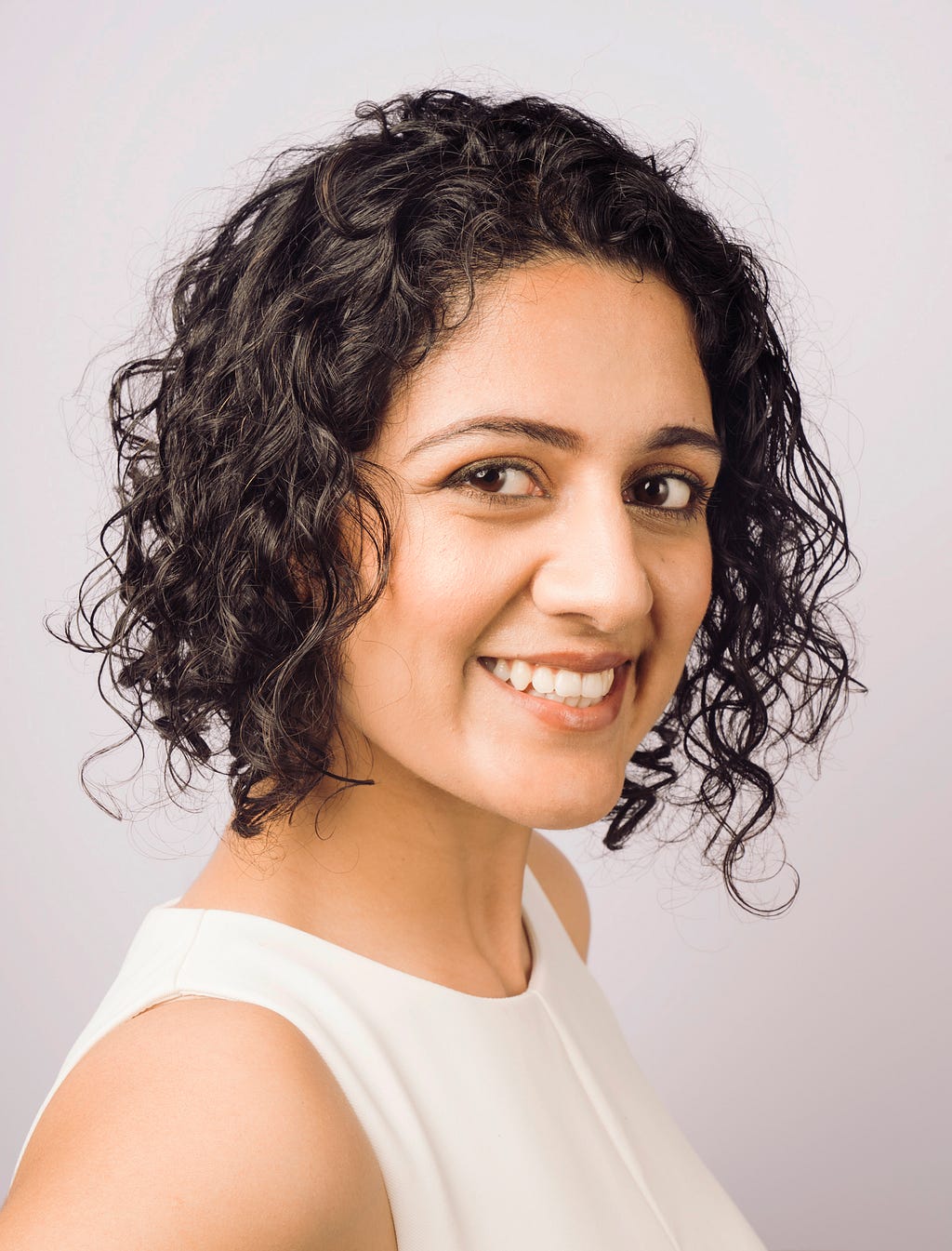
I believe the tipping point for me was when I started scaling myself with the help of a team. The only way to scale yourself is to hire people to support your weaknesses. People are the biggest assets in any company, and instead of being insecure, you should hire those who are smarter than yourself, and invest in training them to lead. A lesson that others can learn from my experience is to invest in training yourself to be a good interviewer and work on your pitch to get potential employees excited.
As a part of our series about how technology will be changing the beauty industry over the next five years, I had the pleasure of interviewing Navneet Kaur
Navneet Kaur is the founder and CEO of a skincare start-up Yours. Inspired to reimagine skincare, she set out to help people feel happy and confident in their own skin with clean, sustainable products.
Backed by her experience developing beauty brands within a conglomerate, and then scaling Uber across Asia, Navneet leverages technology and her learnings to simplify skincare at scale. Yours uses computer vision and machine learning to personalize skincare according to the individual’s skin needs, lifestyle, and environment.
Thank you so much for doing this with us! Before we dive in, our readers would love to learn a bit more about you. Can you tell us a story about what brought you to this specific career path?
My love for skincare was kindled in my first job as a Brand Manager for a skincare brand. But after 3.5 years in the space, I still didn’t feel like my personal values resonated with the product development process, which was product-first rather than customer-first. So, in 2014 I shifted gears and joined Uber India (and later APAC) as part of the core team with a passion to create a new layer of transportation across Asia, where I then spent the next four years.
It was around this time two years ago that I struggled to find the right skincare products for my husband (also my co-founder). It was a frustrating experience because it involved guesswork, a lot of time going through reviews and blogs, and buying skincare products that cost serious money. All this while using his skin as a testing ground!
I spoke to many of my friends and somehow they all related to that experience. That sparked some thoughts in my head — what if there was a better solution to all this? What if companies did all the hard work of mapping customers to the right products? What if customer-product fit took precedence over product-market fit?
This pushed me to build Yours with one objective: to simplify skincare. I didn’t want anyone to ever go through that arduous experience of having to find the right skincare for themselves. From the outset, I was determined that product efficacy would remain paramount at Yours without compromising on being clean and sustainable. We started with personalized skincare formulated based on the user’s skin, lifestyle, and environment.
Although we’re only a few months into full operations, it’s been extremely fulfilling and humbling to receive people’s messages saying how they’re absolutely loving their personalized regimen, how the products have helped reduce their wrinkles, acne or eczema, and how they’re falling in love with their skin all over again.
Can you share the most interesting story that happened to you since you began your career?
The most interesting phase of my career was when I decided to quit my well-paying and comfortable job two years ago to pursue an idea all by myself. Imagine waking up and deciding “I’m going to make skincare for people, and make sure everyone gets the products that are right for them”. Yep, it was pretty crazy!
I was already familiar with several aspects of the skincare industry, but there were some things I had no idea about — for example, legal knowledge and raising capital. If you’re starting a company, having baseline legal knowledge comes in handy. And when it came to fundraising I had no clue how and where to start. I remember scribbling on my notebook “What do VCs do? Should I reach out to VCs directly? How should I structure the fund-raise?”.
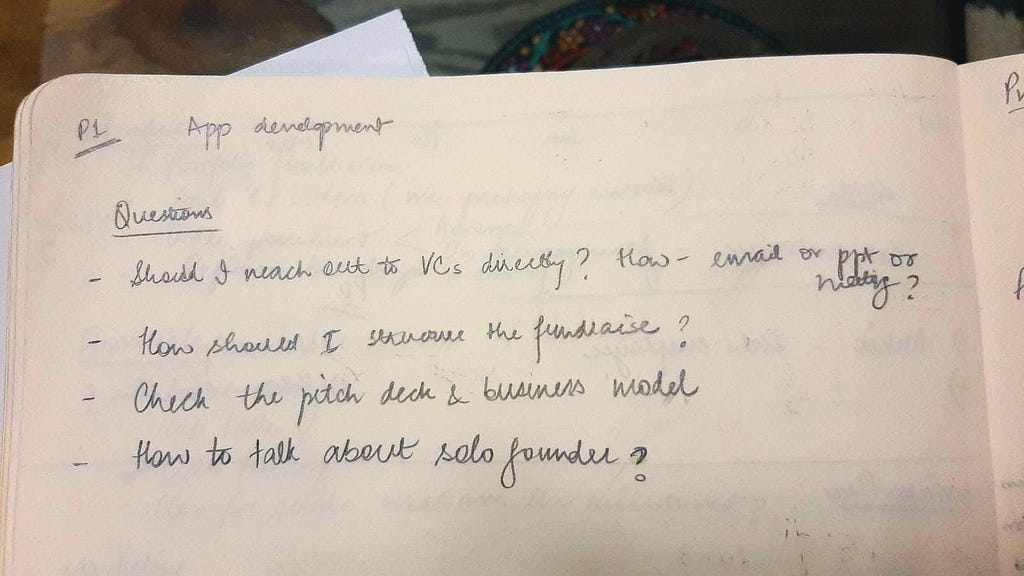
Things got rather interesting when I started pitching Yours to VCs. I was trying to explain the pain points of skincare to men, and I received a lot of blank faces, confusion, and even yawns. A couple of months in, I knew I had to change my pitching strategy — one that involved asking them questions that created ‘aha moments’. I also carried samples of good and bad formulations to let them experience the differences sensorially. Lastly, I got their wives, girlfriends and sisters to try the products. And six months later, I was writing the press release announcing the seed round that included names like Sequoia and Jay-Z.
Are you able to identify a “tipping point” in your career when you started to see success? Did you start doing anything different? Are there takeaways or lessons that others can learn from that?
I believe the tipping point for me was when I started scaling myself with the help of a team. The only way to scale yourself is to hire people to support their weaknesses. People are the biggest assets in any company, and instead of being insecure, you should hire those who are smarter than yourself, and invest in training them to lead. A lesson that others can learn from my experience is to invest in training yourself to be a good interviewer and work on your pitch to get potential employees excited.
None of us are able to achieve success without some help along the way. Is there a particular person to whom you are grateful who helped get you to where you are? Can you share a story about that?
One person who has had my back with everything I decided to do is my husband, Shivam Sharma. Not only did he inspire me to start Yours, but he has also consistently been my support system for years now, and I draw a lot of energy and strength from him. As a solo female founder for the first year, it would have been a very lonely journey had he not been silently helping me on the side. He was new to the beauty industry but his approach to bringing the brand to life was so customer-centric that people started resonating with our story, and we got a lot of love as a brand. He would come up with fun ideas like creating a Spotify playlist for skincare! He joined Yours as my co-founder in September with the same passion for our mission. At first, we noticed that some investors had reservations about investing in a husband-wife duo, but we stayed true to our values and we knew it could actually be our secret weapon for a start-up.
Ok super. Let’s now shift to the main part of our discussion. The beauty industry today has access to technology that was inconceivable only a short time ago. Can you tell us about the “cutting edge” (pardon the pun) technologies that you are working with or introducing? How do you think that will help people?
Personalized experiences are the lay of the land in the online world, but that same level of personalization and adaptable efficiency is rarely found in the offline world, especially in the beauty industry. Over the past year or so I’ve been working with my team to refine the proprietary personalization model that is so integral to Yours.
How this works is that users complete an online skin assessment by uploading a selfie and answering questions about their skin, lifestyle, and environment. We use computer vision algorithms to extract data from the selfie before combining this data with inputs from the questionnaire. The complete data set is then fed into a proprietary personalization model that decodes skin needs. Finally, active ingredients from our ever-evolving ingredient dataset are mapped to create a personalized skincare regimen for each user comprising day cream, night cream, face serum and eye serum (and many more products coming soon).
By removing trial-and-error from everyday skincare regimens and ensuring that skincare isn’t one-size-fits-all, we’re reducing the opportunity costs associated with valuable time and money spent on ineffective products. We’re also further automating this essential area of modern life with our skincare subscription service, your Autopilot, which takes care of product refills and reformulations according to each user’s ever-evolving lifestyle, environment, and needs.
What we’re fundamentally looking at is the future of beauty that’s simplified and sustainable, a future where decision fatigue and frustration never enters the conversation about skincare.
Keeping “Black Mirror” and the “Law of Unintended Consequences” in mind, can you see any potential drawbacks about this technology that people should think more deeply about?
Ah, that’s by far one of the most interesting questions I’ve ever come across. Oddly enough, I have thought about the extreme side of it, more so because I see hints of it already. In the interest of transparency, we display all the ingredients that go into each formulation, but I dread the day when people will try to make their own skincare products just by reading ingredients and then mixing and matching ingredients of their choice. The most critical part about mixing ingredients is understanding the right percentage of actives to use because this requires proper safety, stability, compatibility, and many other tests.
I see this as a micro-trend already where people buy concentrates of active ingredients (like acids) and try to mix them together, without realizing how these actives will react with each other impact their skin in the long run. People forget that chemists who formulate skincare products have an educational background in biochemistry, plus years of experience and expertise that lets them know exactly which ingredients can be volatile and harmful when mixed together.
Can you share 3 things that most excite you about the “beauty-tech” industry?
If you look across industries where technology was introduced to core functions — manufacturing, taxis, travel, food delivery, you name it — technology has fundamentally changed the ways those industries operate. Beauty is an industry that’s at the brink of transformation as well. Although it’s hard to pick just three, I’m most excited about:
- Personal assistant — Getting relevant beauty or skin tips any time of the day just by giving voice commands to your phone is truly amazing.
- Computer vision — Given how advanced computer vision is today, and how most of us have access to high-resolution cameras right in our phones, users can expect to see unique features like early detection of pigmentation, wrinkles, or even signs of skin cancer. On the other hand, people can play around with more accurate makeup that would be perfect for their skin.
- Personalization — Technology-enabling personalization at scale, for every individual, will make beauty truly inclusive. Imagine landing on a website where everything is personalized for you. The way I think about personalized using technology is that companies should do the hard work to offer the right product to a user, and not the other way around. Not only does this reduce the burden on the consumer, but it also reduces potential waste. #techforgood
Can you share 3 things that most concern you about the industry? If you had the ability to implement 3 ways to reform or improve the industry, what would you suggest?
The beauty industry has been growing for decades, and while there has been a lot of innovation, some of its core processes need reforms:
- Transparency: Much to my surprise, there is often very little to no transparency in manufacturer supply chains, and often, ingredients are being sourced online from suppliers they have never even met! Moreover, a lot of ingredients are not being tested for safety and efficacy. Improvements in this regard would include companies being transparent about their sourcing practices, supply-chains, and whether or not these ingredients are safe and non-toxic, for both skin and the environment.
- Sustainability: Environmentally sustainable products as well as packaging. All-natural products are not always the best (like essential oils), and they are also harmful to the environment when the industry overuses resources without replenishing them. The amount of single-use plastic used in the industry is terrifying, and the onus is on us to do our bit to actively work towards fixing this situation. This translates into being mindful of environmental sustainability at every step of the process, from developing a product to packaging and even marketing.
- Cruelty-free: When it comes to product formulations, no animal testing and being vegan should be a norm and not a choice. This should involve companies actively working to recommend policies to relevant agencies to make ‘cruelty-free’ compulsory.
You are an expert about beauty. Can you share 5 ideas that anyone can use “to feel beautiful”? (Please share a story or example for each.)
I think feeling “beautiful” is more emotional and internal than something external. Being happy and comfortable in your own skin is a good starting point, so for me, skincare is a form of self-care.
The top 5 “me-time” things I’d recommend are:
- Exercise in any way you like. A big part of how we feel is how comfortable we are with ourselves — plus working out helps release powerful endorphins that bring an overall feeling of euphoria. Invest some time every week to do something you like — dancing, yoga, swimming, anything. Look at it as me-time that you are investing in yourself, and you will feel beautiful when you see that post-workout glow on your face 🙂
- Meditate. Stress is one of the biggest culprits behind our skin concerns, and 84% of our customers mark their stress level as high. Just five minutes of meditation every day can go a long way to make you feel good about yourself.
- Pamper yourself with a nice skincare routine on Sundays. Make it a routine so that your mind associates it with happiness instead of it feeling like a task.
- Water is the cheapest anti-aging ingredient but we see 79% of our users drink fewer than 7 glasses of water a day! Keep a bottle of water by your bedside and on your work desk to stay hydrated, and you’ll see a difference in how your skin looks within days.
- Keep that self-doubt away and put on a mask while enjoying a nice cup of tea and some happy music.
You are a person of great influence. If you could inspire a movement that would bring the most amount of good to the most amount of people, what would that be? You never know what your idea can trigger. 🙂
Transparency — one of our core values is the most important one for me. I fundamentally believe that if companies are transparent and honest with their customers, it helps build long-term relationships. Being transparent also means owning your mistakes.
What you see is what you get. 🙂
Can you please give us your favorite “Life Lesson Quote”? Can you share how that was relevant to you in your life?
One life lesson that has always stuck with me is “turn your insecurity into curiosity”. When I started building Yours, I had a limited understanding of the ingredients — enough to make a purchase for myself but not enough to make a skincare company. But I didn’t let it be a roadblock and went deep into learning about ingredients and the sourcing process and got senior skincare experts and scientists on board. We heavily indexed the R&D of our products using the best of Swiss ingredients (that were once not so affordable). These ingredients are 100% clean, have gone through stringent efficacy tests, and have a transparent supply chain with an EWG rating between 1–3. I also worked for months to refine our recommendation algorithm. After more than a year of hard work, our products are out there in the hands and homes of our customers and it’s the most fulfilling experience to read their reviews and how Yours is now an integral part of their routine.
How can our readers follow you online?
I’m always up for a good conversation and I love to share my learning and experiences on my social handles:
LinkedIn (https://www.linkedin.com/in/knavneet)
Twitter (https://twitter.com/navneet_ka)
And if your skin is asking for more details about Yours, follow us on Instagram (instagram.com/lovefromyours) for sneak peeks, updates, and new product launches 🙂
Thank you so much for joining us. This was very inspirational.
The Future Of Beauty: “Use a Selfie To Create Hyper-Customized Skin Care Products” With Navneet… was originally published in Authority Magazine on Medium, where people are continuing the conversation by highlighting and responding to this story.


